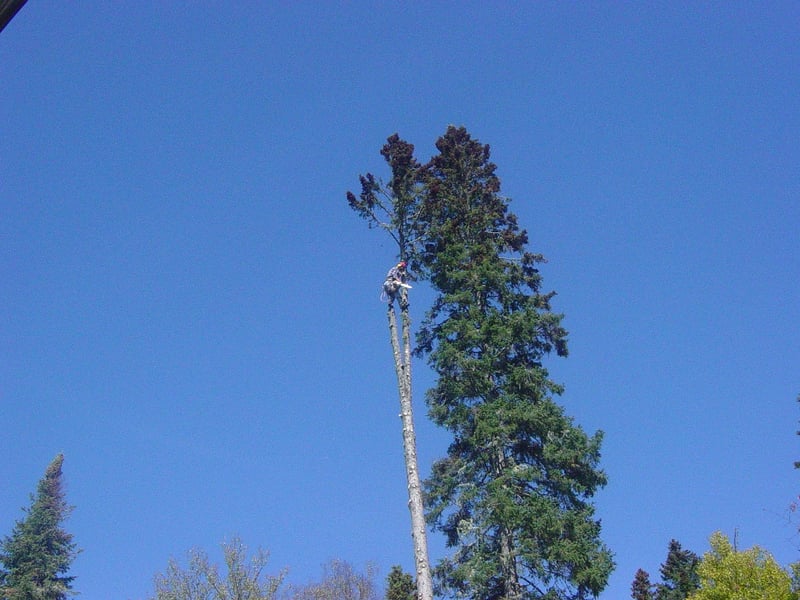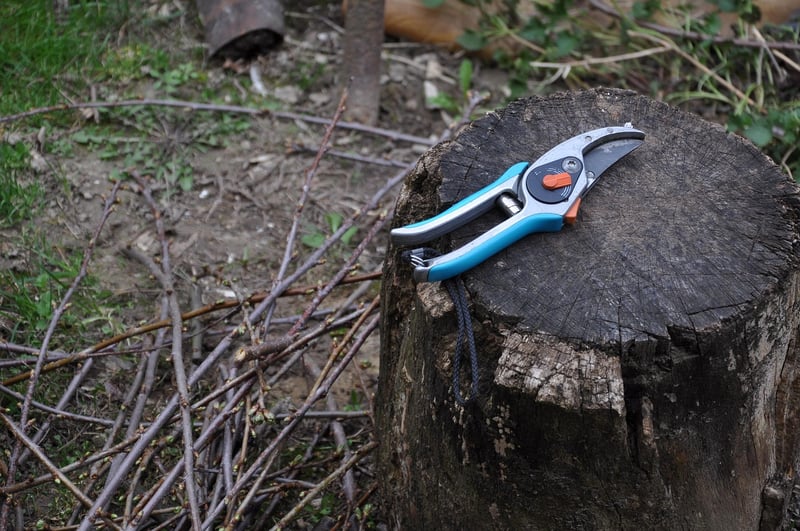Pruning techniques
Maintaining Plant Health Through Proper Pruning Techniques

Plants are an essential part of any garden or landscape, providing beauty, oxygen, and a sense of tranquility. To ensure that your plants thrive and remain healthy, proper pruning techniques are crucial. Pruning not only promotes plant health but also enhances their appearance and encourages new growth.
Why Pruning is Important
Pruning is the process of selectively removing certain parts of a plant, such as branches or leaves, to benefit the plant as a whole. It helps in:
- Promoting plant growth and vigor
- Removing diseased or damaged parts
- Shaping the plant for aesthetic purposes
- Preventing overcrowding and improving air circulation
- Encouraging flower and fruit production
Basic Pruning Techniques
When it comes to pruning, there are a few basic techniques to keep in mind:
- Cleaning: Removing dead, diseased, or damaged branches.
- Thinning: Removing excess branches to improve light penetration and air circulation.
- Heading: Trimming the tips of branches to control the plant's size and shape.
- Pinching: Nipping off the tips of new growth to encourage bushier plants.
Tools for Pruning
Having the right tools for pruning is essential to ensure clean cuts and minimize damage to the plant. Some common pruning tools include:
- Pruning Shears
- Loppers
- Pruning Saw
- Hedge Shears
- Pole Pruners

By following proper pruning techniques and using the right tools, you can help your plants stay healthy, vibrant, and visually appealing. Remember to prune at the right time of year for each plant species and consult gardening resources or professionals for specific guidance on individual plants.
Take care of your plants, and they will reward you with lush foliage, beautiful blooms, and a thriving garden!
